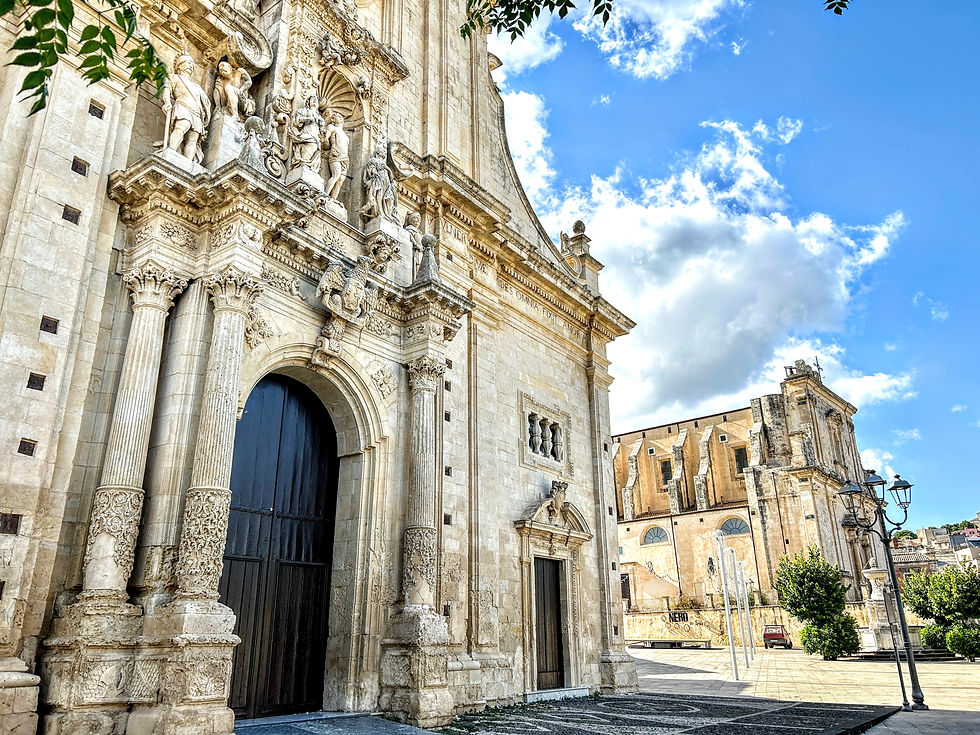It became a village from an initial nucleus of colonists and Byzantine refugees, who gathered around a small monastery... #tuttitaly
Calopezzati s a charming village on the Ionian coast of the province of Cosenza, in Calabria. With a population of about 1360, this picturesque village has a rich and fascinating history.
Toponym
Its name probably derives from the Greek "kalos-piqos," which means "beautiful clay vases," a testament to its ancient tradition of producing ceramic artifacts.
Origins
The origins of Calopezzati are still a subject of debate. It is hypothesized that it may be linked to the ancient Greek city of Borea or that its roots date back to the 11th century when the Normans settled in this area.
However, the actual development of the village occurred around the convent of San Nicola, built by Greek monks as a source of security for the community. Unfortunately, the convent was abandoned when the monks fled in fear of the advancing Muslims along the Ionian coast.
Historical data
Over the centuries, Calopezzati has undergone various changes in feudal ownership. In 1285, by order of Bishop Angelo IV, it was annexed to Rossano.
Later, in the 15th century, the village was enfeoffed by the Caputo family and later passed to the Ruffo di Calabria. In the 1400s, the fiefdom was acquired by the Abenante family, who ruled it for four centuries until the abolition of the feudal system.
Why visit Calopezzati
Today, Calopezzati offers several tourist attractions that attract visitors from all over the world. The Church of Santa Maria Assunta, dating back to the 17th century, is an architectural gem with three aisles embellished with works of art from the Neapolitan school.
The Convent of the Reformed, accessible through an arched door, features a suggestive cloister representing the Calabrian poor art of the 17th century.
The Giannone Castle, located in the center of Calopezzati, is another must-see attraction. Originally a defensive fortress, it was transformed into a castle in the 13th century. Its quadrangular structure with four slightly protruding towers is fascinating, and inside is a library in Baroque style.
Next to the castle is the Church of the Addolorata, famous for its wooden and gold altar, considered one of the best examples of Rococo in Calabria.
But that's not all. Calopezzati also offers a breathtaking coastal area with enchanting beaches that attract many sea and beach tourism lovers. Furthermore, the village's hilly part is renowned for producing Extra Virgin Olive Oil Bruzio DOP Colline Joniche Presilane, a true culinary treasure.
Conclusion
Calopezzati is a place that offers a unique combination of historical and cultural attractions, natural beauty, and culinary delights. Whether interested in history, nature, or good food, this fascinating Calabrian village will not disappoint you.


























Comments